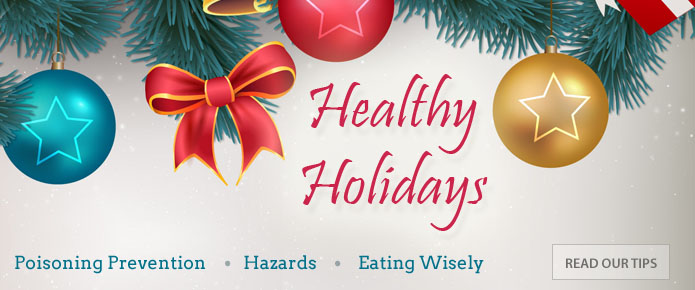
Carbon monoxide is an invisible and odorless gas that comes from any heater that burns fuel. Carbon monoxide buildup can cause illness and death by suffocation.
About Carbon Monoxide
Carbon monoxide (CO) is a colorless, odorless, tasteless gas. A by-product of combustion, it can be produced by ordinary appliances, and is a common hazard in the home. Mild exposure can cause symptoms such as nausea, dizziness, or headaches; while severe poisoning can result in brain or heart damage or even death. The incomplete burning of any material containing carbon, such as gasoline, natural gas, oil, kerosene, propane, charcoal, or wood, produces the poisonous gas. One of the most common sources of exposure in the home is the gas or kerosene-powered heater. Gas-powered water heaters, stoves, and furnaces may also produce carbon monoxide.
CO prevents the body from using oxygen efficiently, causing asphyxiation. CO remains inside the body for hours. The effects depend on how much CO is in the air, how long it is breathed, and the health of an individual
Symptoms of Carbon Monoxide Poisoning
Low levels of CO poisoning can be confused with flu symptoms, food poisoning or other illnesses and can have a long-term health risk if left uncorrected. CO can also impair judgment. The longer a person breathes CO, the worse the effects can be. Symptoms of mild CO poisoning may include:- Shortness of breath
- Mild nausea
- Mild headaches
- Headaches
- Dizziness
- Nausea
- Light-headedness
- Fatigue
- Confusion
- Disorientation
- Overall Weakness
Treatment Options
Immediate measures you can take to help those suffering from CO poisoning include:- Place disoriented or unconscious victims in fresh air IMMEDIATELY.
- If you cannot get the people out of the home, then open all windows and doors. Any combustion appliances (gas stoves, water heaters, furnaces, boilers, etc.) should be turned off.
- Take those who were subjected to CO to a hospital emergency room as quickly as possible. A simple blood test will be able to determine if CO poisoning has occurred.
Precautions You Can Take
Have furnaces and heaters inspected every year. Carbon monoxide is invisible, odorless and tasteless. Inspection helps protect yourself and your family.
Install a carbon monoxide detector in your house, and plan to check its battery every time you check your smoke detector batteries.
Prevent exposure:
- Never burn anything in a stove or fireplace that is not vented properly
- Never heat your house with a gas oven
- Never run a generator indoors, in an enclosed space such as a basement, or near a window
- Do not warm your car up in a closed garage
- If your garage is attached to your house, close the door to the house even while you warm up the car
Other Preventive Measures
- Install an effective ventilation system to remove CO.
- Maintain appliances and equipment in good order (do preventive maintenance). Have a certified heating and ventilation technician check your furnace or other combustion appliances for proper ventilation and exhaust.
- Check your fireplace's chimney during the fall each year to ensure appropriate ventilation to remove smoke (which contains CO).
- Consider switching from fossil fuel-powered to electrical and/or battery-powered equipment.
- Install CO monitors that will alert occupants. If CO detectors are already present, check them monthly to ensure they are functioning properly.
- If a CO detector goes off in your home, call 911 and go outside for fresh air IMMEDIATELY.
- Instruct your family in the hazards, signs, and symptoms of CO exposure.
- Make sure the you have an EVACUATION PLAN for your family. Such a plan will help protect your family from prolonged exposure to CO and greatly assists fire officials in determining if a home is empty.

